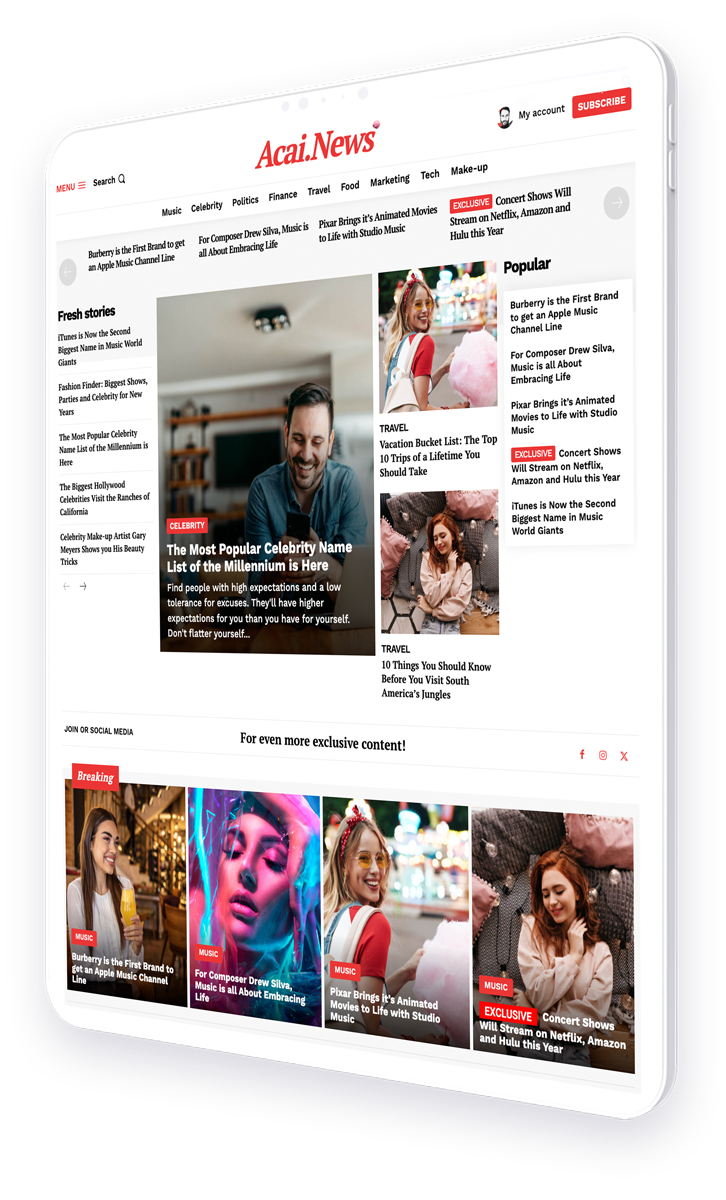Discover How Hyper-Segmentation in Inbound Marketing Empowers Magazines to Adapt Their Content Strategy for Niche Audiences, Delivering Personalized Experiences and Boosting Engagement
Welcome to the dynamic world of magazine publishing, where understanding and adapting to niche audiences is not just a strategy but a necessity for survival and growth. In this detailed exploration, we delve into the concept of hyper-segmentation in the magazine industry, examining how top publications are fine-tuning their content strategies to meet the highly specific interests of their readers. This article will provide valuable insights into the evolving landscape of magazine readership and strategic content adaptation.
- Introduction to Hyper-Segmentation
- Why Hyper-Segmentation Matters
- Strategies for Effective Hyper-Segmentation
- Case Studies
- Challenges in Hyper-Segmentation
- The Future of Hyper-Segmentation in Magazines
- Conclusion
Introduction to Hyper-Segmentation
Hyper-segmentation refers to the process of dividing a broad market into more precise subgroups, each characterized by specific preferences and demographic attributes. In the context of magazines, this means tailoring content, design, and marketing strategies to appeal to these distinct groups, enhancing engagement and loyalty among readers.
Why Hyper-Segmentation Matters
In the digital age, consumers are bombarded with information, making it crucial for publishers to capture attention quickly and effectively. Hyper-segmentation allows magazines to deliver more relevant content, which can lead to increased readership retention and a stronger brand connection.
Strategies for Effective Hyper-Segmentation
Implementing hyper-segmentation involves several strategic steps:
- Market Research: Understanding audience segments through detailed analytics and market research.
- Content Customization: Developing content that resonates with each segment’s interests and needs.
- Targeted Distribution: Optimizing distribution channels to reach each segment effectively.
- Feedback Loop: Using reader feedback to refine and adjust strategies.
Case Studies
Several leading magazines have successfully implemented hyper-segmentation strategies. For example, Forbes has launched multiple online platforms catering to different industry sectors and geographic locations, providing tailored content that meets the specific interests of its diverse reader base.
Challenges in Hyper-Segmentation
While hyper-segmentation offers numerous benefits, it also comes with challenges such as increased complexity in content production and the risk of alienating broader audiences. Balancing niche interests with general appeal is crucial.
The Future of Hyper-Segmentation in Magazines
The trend towards more personalized content is likely to grow, driven by advancements in data analytics and artificial intelligence. Magazines that can effectively implement hyper-segmentation strategies will likely see greater engagement and loyalty among their readership.
Conclusion
Hyper-segmentation in inbound represents a significant shift in how magazines approach their audiences. By focusing on niche markets, publications can create more meaningful and engaging content, fostering stronger connections with their readers. As the industry continues to evolve, the ability to adapt to these changes will be key to the success of magazine publishers worldwide.
For more insights into hyper-segmentation and its impact on media and publishing, visit Pew Research Center.
This comprehensive look at hyper-segmentation in magazines highlights the importance of understanding and adapting to the specific needs of niche audiences. By leveraging detailed market research, customized content, and strategic distribution, magazines can enhance their relevance and appeal in an increasingly segmented world.




